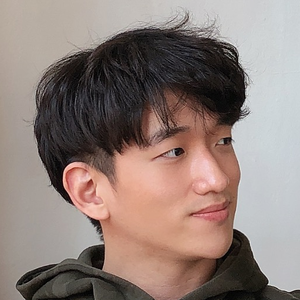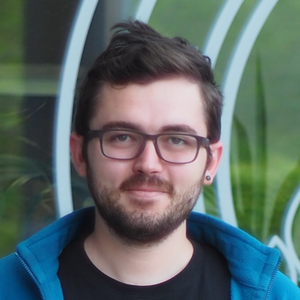Enhanced Flexible Mold Lifetime for Roll‐to‐Roll Scaled‐Up Manufacturing of Adhesive Complex Microstructures
Bioinspired Microstructured Adhesives with Facile and Fast Switchability for Part Manipulation in Dry and Wet Conditions
Smart Materials for manipulation and actuation of small-scale structures
3D nanofabrication of various materials for advanced multifunctional microrobots
Liquid Crystal Mesophase of Supercooled Liquid Gallium And Eutectic Gallium–Indium
Machine Learning-Based Pull-off and Shear Optimal Adhesive Microstructures
Information entropy to detect order in self-organizing systems
Individual and collective manipulation of multifunctional bimodal droplets in three dimensions
Microrobot collectives with reconfigurable morphologies and functions
Self-organization in heterogeneous and non-reciprocal regime
Biomimetic Emulsion Systems
Giant Unilamellar Vesicles for Designing Cell-like Microrobots
Bioinspired self-assembled colloidal collectives drifting in three dimensions underwater
Acoustically powered mobile microrobots

Our project explores the design and function of acoustically driven microrobots using two distinct acoustic fields: planar waves [A-C] and focused ultrasound [D,E]. We have developed a variety of microrobots with unique shapes and sizes, fabricated through advanced techniques like two-photon polymerization [A-C] and chemical synthesis [D,E]. This approach allows us to test different acoustic propulsion mechanisms and investigate how these can be modulated to enhance performance.
Through this process, we achieved microrobots capable of different locomotion modes, depending on the acoustic input parameters presented to the microrobots [A]. Additionally, we identified a novel geometry for acoustic trapping—hierarchical superstructure particles [E]—that can be held in place by focused ultrasound even under high flow conditions. This breakthrough has enabled us to extend the technology to in-vivo applications, opening new avenues for biomedical use.
To gain deeper insight into the underlying physics, we integrate finite element simulations [B] with experimental validation, allowing us to fine-tune these geometries for optimal locomotion and stability. Beyond propulsion, we are exploring additional functionalities such as acoustic streaming, which enables the microrobots to carry and transport cargo, broadening their potential for targeted delivery and medical interventions.
Our work combines theoretical and experimental approaches to not only optimize propulsion but also expand the functional capabilities of microrobots, setting the stage for next-generation applications in biomedical engineering and beyond.
Members
Publications












